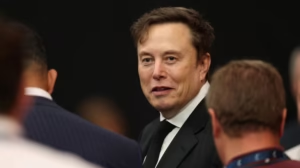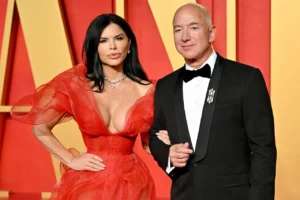Army Secretary Dan Driscoll and Chief of Staff Gen. Randy George arrived in Kyiv this week on an unannounced trip, becoming the highest-level Trump administration Pentagon officials to visit Ukraine. The visit comes as the U.S. seeks ways to accelerate peace efforts and strengthen military cooperation amid Russia’s escalating attacks.
Driscoll and George are scheduled to meet with Ukrainian military leaders, lawmakers, and President Volodymyr Zelenskyy starting Wednesday. The visit coincides with intensified Russian missile and drone strikes targeting civilians, while Western allies work to maintain weapons supplies for Ukraine.
A key focus of the trip is to discuss the stalled peace process with Russia, which has so far rejected previous U.S. and Ukrainian attempts at negotiations. Officials are also working on a major deal to exchange drone and autonomous munitions technologies, a field where Ukraine has gained significant expertise. Ukrainian innovations in armed drones have changed battlefield dynamics, allowing strikes deep inside Russian territory.
Two people familiar with the planning, speaking anonymously due to national security concerns, confirmed the sensitive nature of the visit.
Sending Driscoll, the Army secretary, on a peace and technology mission may seem unusual. Yet the Army veteran, a Yale Law School friend of Vice President JD Vance, has become a prominent figure in the Pentagon and may be moving into a larger leadership role. Defense Secretary Pete Hegseth did not travel to Kyiv.
Driscoll and George have praised Ukrainian battlefield innovations as examples for U.S. weapons development. Driscoll told reporters at the Pentagon this month that Ukraine’s rapid adaptation and creative problem-solving show how outcomes can be achieved without relying on existing rules or methods.
The U.S. Army aims to acquire 1 million drones in the next two to three years, far exceeding current domestic production capabilities. By contrast, Ukraine already produces over 1.5 million first-person view drones annually, demonstrating their advanced capabilities.
The Trump administration’s support for Ukraine has been inconsistent. Hegseth, despite several trips to Europe, has avoided direct engagement with Zelenskyy. At one point, he sought to pause U.S. weapons shipments to Ukraine, a decision later overturned by the White House.
Gen. George emphasized lessons learned from Ukrainian rapid technology adoption. “What we picked up from them is really how you can go fast,” he said, noting efforts to replicate these practices in U.S. Army rapid fielding exercises.
Just months ago, such a high-level mission would have seemed unlikely. A public confrontation in the Oval Office saw Trump and Vice President Vance clash with Zelenskyy over U.S. military aid and the conflict’s direction. Vance criticized Ukraine for not showing enough gratitude for U.S. support, while Trump and Zelenskyy sparred publicly.
Since then, Trump has softened toward Zelenskyy and publicly supported NATO efforts to arm Ukraine. Despite ongoing Russian attacks, including 430 drones and 18 missiles fired at Kyiv last Friday, the U.S. continues to emphasize military cooperation and technology sharing.
The Pentagon visit underscores a renewed U.S.-Ukraine partnership and highlights the importance of rapid innovation, peace diplomacy, and strategic support as the war in Ukraine continues.







